Alphabetical order understanding Worksheets for 4-Year-Olds
7 filtered results
-
From - To
Help your 4-year-olds master the basics of alphabetical order with our engaging worksheets designed specifically for their age group. These fun activities encourage children to recognize the sequence of letters in the alphabet, enhancing their reading and organizational skills. Each worksheet promotes interactive learning through colorful illustrations, letter sorting games, and simple puzzles that captivate young minds. By introducing sorting and sequencing in an enjoyable way, your child will build a solid foundation for future literacy development. Explore our variety of worksheets to boost your child’s confidence and understanding of alphabetical order while ensuring they have fun along the way!


Letter P Sound Worksheet
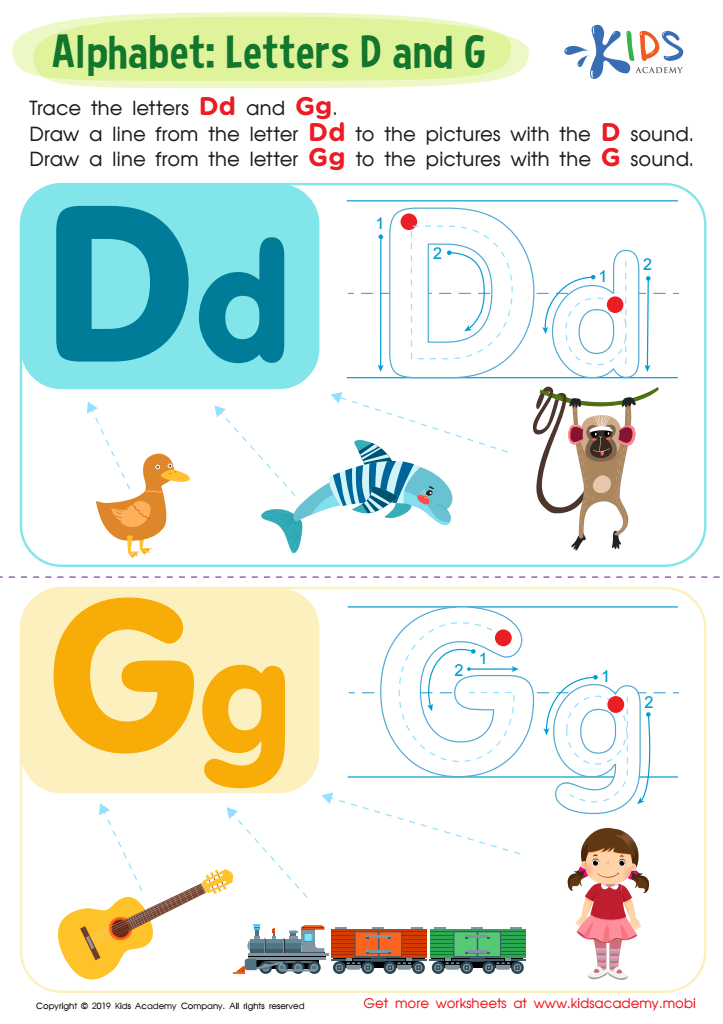

Letter D and G Tracing Worksheet


Letter G Tracing Page
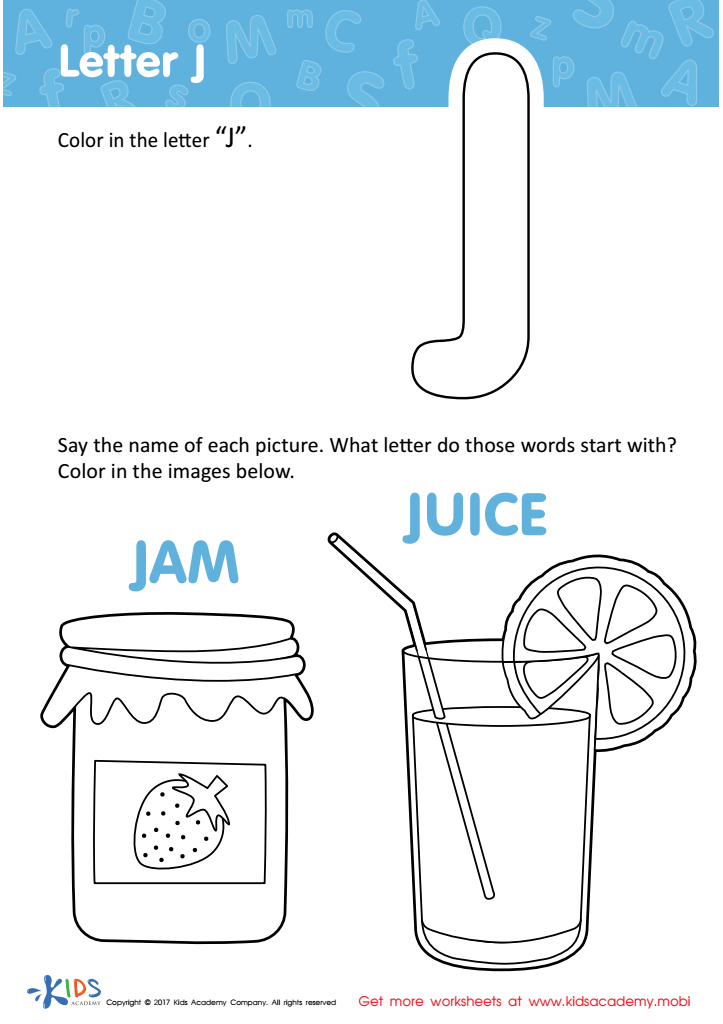

Letter J Coloring Sheet
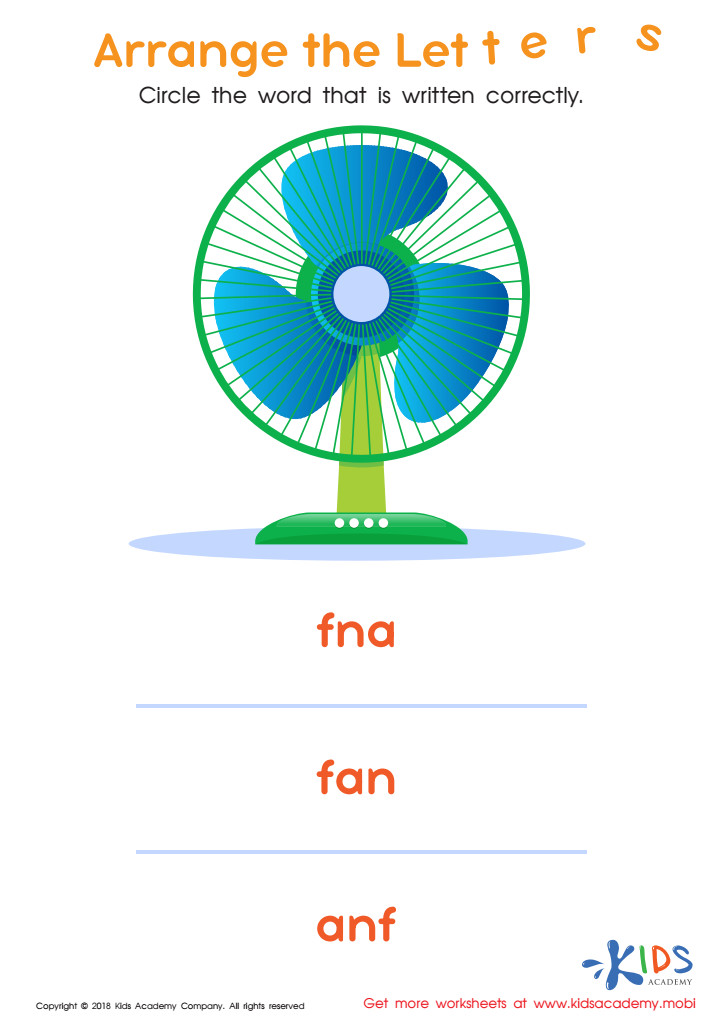

Arrange the Letters Worksheet
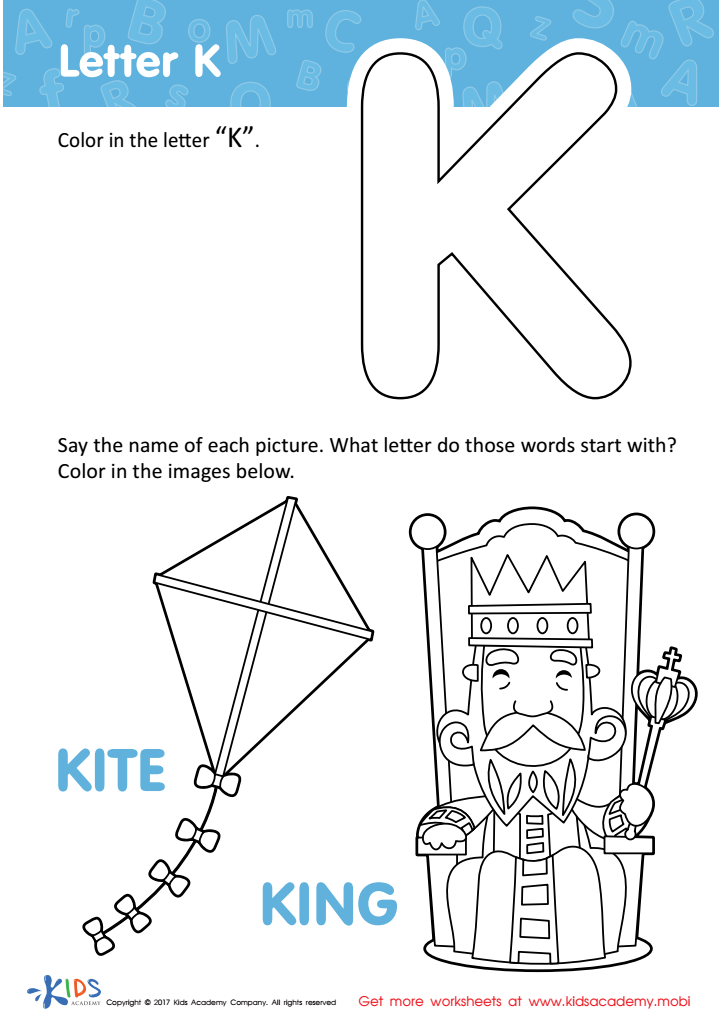

Letter K Coloring Sheet
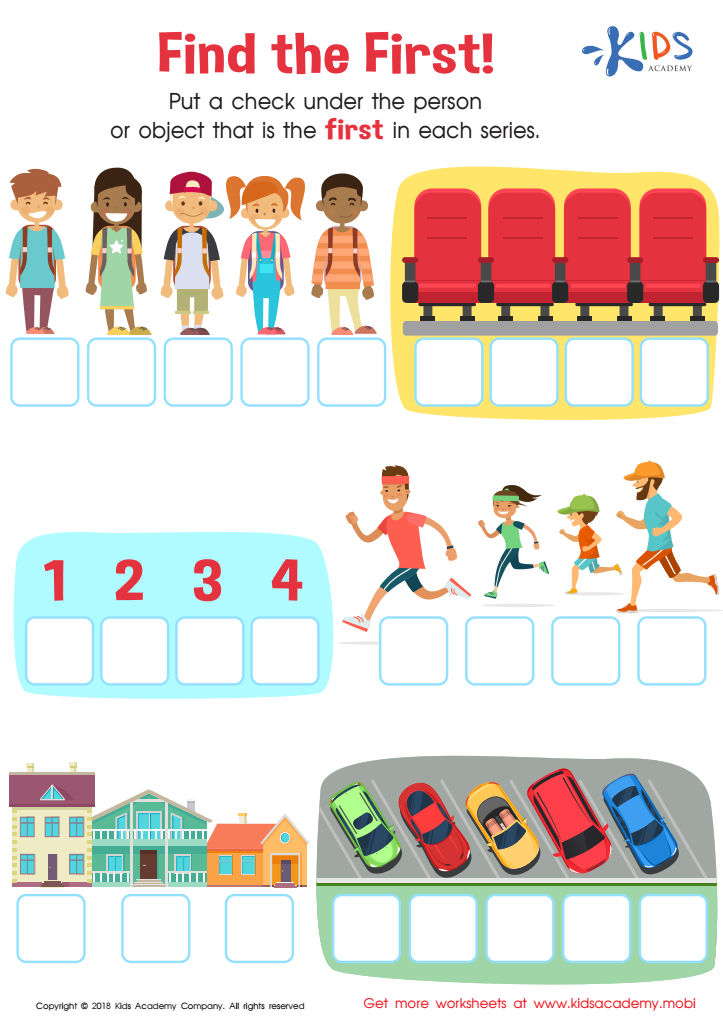

Find the First! Worksheet
Understanding alphabetical order is a foundational skill that significantly impacts a child's literacy development. For 4-year-olds, grasping this concept is not merely about learning letters; it's about building a systematic approach to reading and organizing information. Parents and teachers should prioritize this understanding for several key reasons.
Firstly, recognizing alphabetical order helps children develop phonemic awareness and enhances their ability to sound out words. This lays the groundwork for reading proficiency as they progress in their education. Secondly, it encourages organizational skills, enabling kids to find and categorize information, which is essential in today’s information-rich environment.
Additionally, familiarity with the alphabet improves vocabulary acquisition. When children learn that words can be sorted alphabetically, they become more curious about letters, names, and words, promoting a love for language.
Lastly, engaging in activities that reinforce alphabetical order fosters social skills as children often work in groups, learning from one another. By instilling this skill early on, both parents and teachers can better prepare children for a successful academic journey, ensuring they have the necessary tools for learning in school and beyond. Overall, understanding alphabetical order is vital for a child's educational foundation and personal growth.
 Assign to My Students
Assign to My Students




















